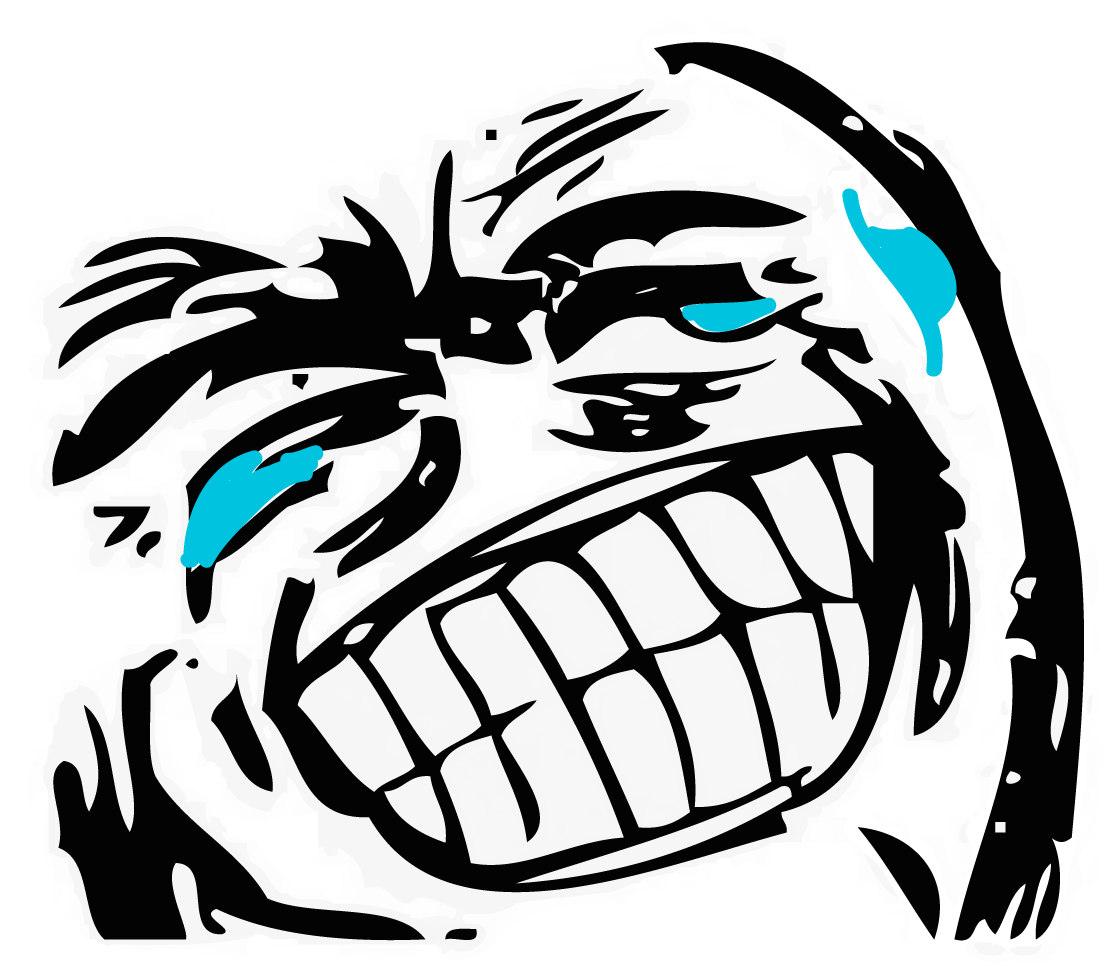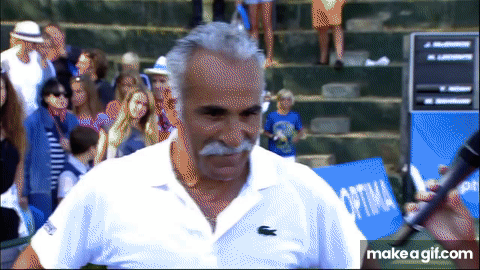@oserver (I don't know why I do this, lol), go simpler. Look into ways to kill high balls - on the fly or bouncers. They have both options - swinging volley, which might be chest-height or shoulder-height or over the shoulder, which gets darn close to your forehand serve idea. However, they prefer overhead smash most of the time. Why? Because it allows a better package of pace and contact height, shot angle, and can be performed extremely consistently, if the incoming ball gives room for setup. Moreover, overhead smash can be performed
very fast, with shorter preparation than a FH swing. Actually, if the goal was hitting fastest ball possible of a standard bouncer (with no goal to land it in the opposite court), sidearm "smash" would possibly be best option. If we look at things this way, the only reason we hit groundies the way we do is control required to land the ball in (well, and inconsistent, varying, uncomfortable incoming balls, which, contrary to serve toss or slow floaters, do not allow us to perfectly setup and unleash into shot).
So, for the serve where setup is perfectly controlled, there is a best form, like there's a best form to run fast. Moreover, all sports' forms for performing tasks, simple, complex and compound, get challenged daily. There're tennis players, including talented juniors, who hit unconventional strokes, including serves. There're coaches that let them do whatever feels natural. There're even more rec players who developed and polished all possible variations of strokes. It's just that if you see a player with conventional service motion he will be so much more likely to hit decent serves than one with WT - even on mediocre amateur levels. And at higher levels WT servers just have harder and harder times surviving. If we look at pro level, inferior serve techniques most likely mark weak serves, especially considering second serves.




